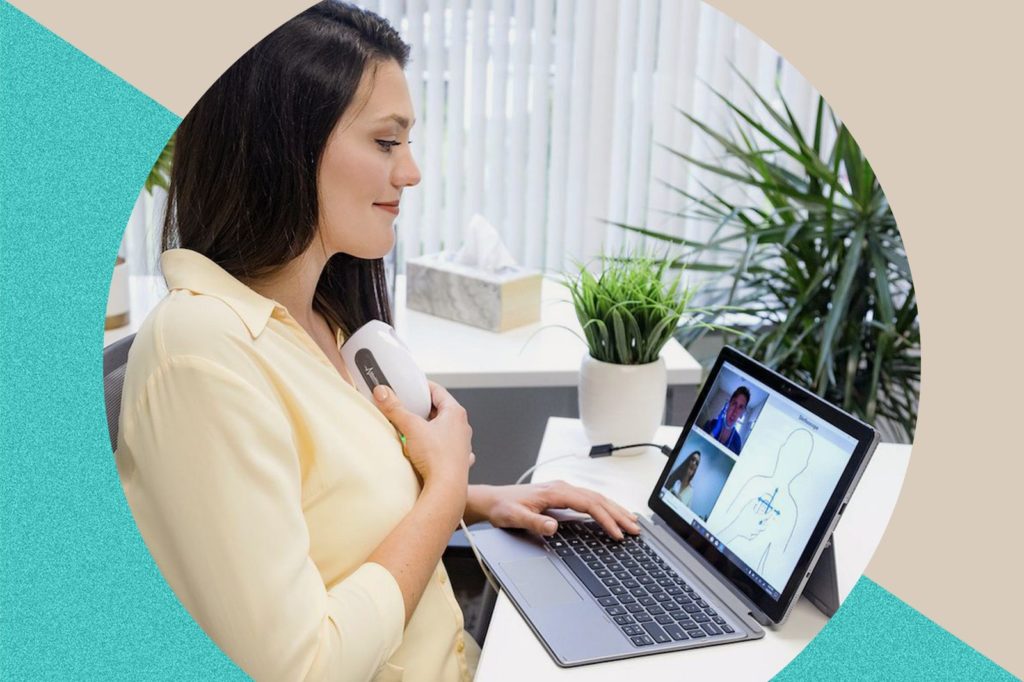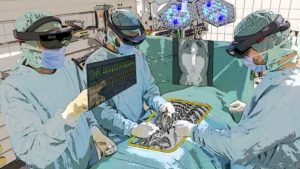Reading Time: 2 minutesIn order to overcome the increasing problems of urbanization, a smart city is a structure consisting primarily of ICTs to create, implement and promote sustainable development activities.
In fact, the intelligent network of linked objects and computers that relay data using wireless technologies and the cloud is an integral aspect of this ICT scheme.
Using laptops and handheld computers as well as wired vehicles and homes, individuals interact with smart city environments in various ways. Pairing sensors and information with the physical infrastructure and facilities of a city will lower costs and promote resilience.
Why do we need smart cities?
Urbanization is a non-ending phenomenon. Today, 54% of people worldwide live in cities, a proportion that’s expected to reach 66% by 2050. Combined with the overall population growth, urbanization will add another 2.5 billion people to cities over the next three decades.
Environmental, social, and economic sustainability is a must to keep pace with this rapid expansion that is taxing our cities’ resources.
Copenhagen is a smart city!

A public-private partnership, ProjectZero, has been developed to encourage and support the transition of Sonderborg into a ZEROcarbon society by 2029, focusing on infrastructure, transport, urban energy supply and data/ICT. Carbon-free development and progressive urbanization have been accomplished from the early planning level to the implementation process, relying on the active participation of residents.A core goal of ProjectZero is the provision of education at all levels. People are studying how green approaches, from Kindergarten to PhD, will help them to co-create a new world. The city’s happiness is reflected explicitly in the constructive interaction between individuals. In rural areas, private homes are being upgraded with electricity, linked to green district heating, and the use of heat pumps is increasing dramatically.Trained local banks, craftsmen and real estate agents support the citizens’ green journey by offering competitive services and solutions. The journey often starts with shifting to inexpensive LED-bulbs and biking to work. Professional municipal banks, craftsmen and real estate brokers promote the green path of individuals by offering competitive instruments and tactics. The journey also begins by switching and cycling to work to cheap LED-bulbs.
Sources: https://easyelectriclife.groupe.renault.com/en/outlook/cities-planning/smart-cities-top-5-smartest-cities-world/







